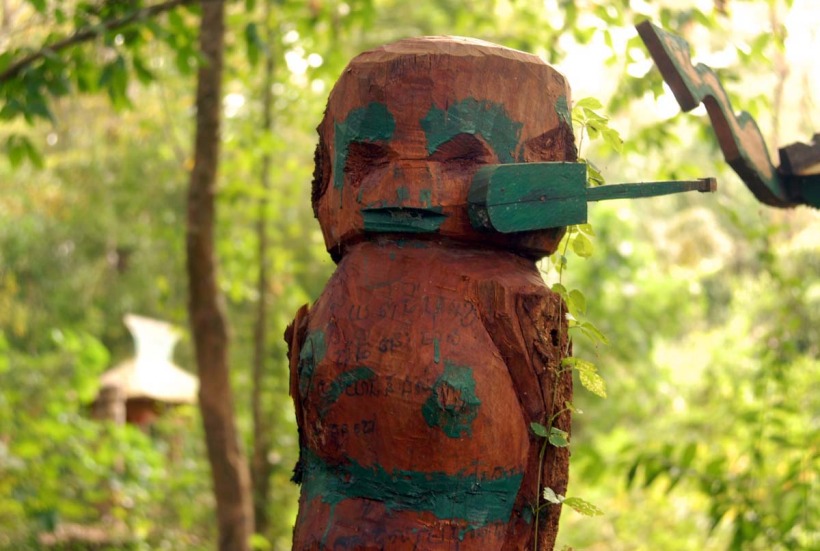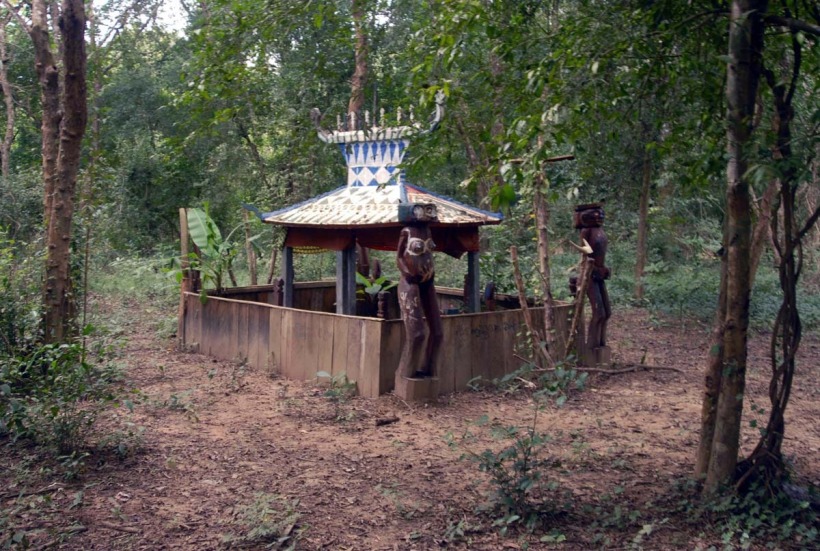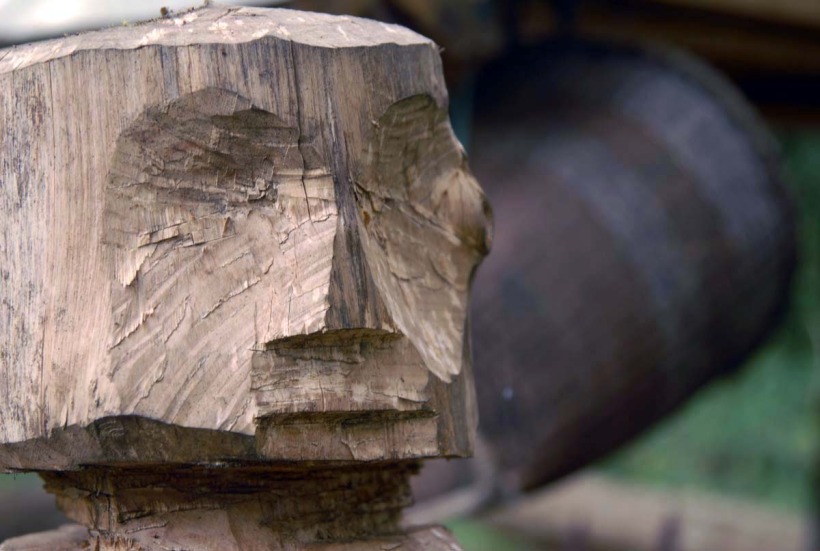Chunchiet Cemetery & Spirit Story
Greetings,
The chunchiet animist people of Ratanakiri in remote northeast Cambodia bury their dead in the jungle. Life is a sacred jungle.
Animists believe in the universal inherent power of nature in the natural world. The Tompoun and Jarai, among many animist tribal people in the world have sacred burial sites.
This is the Kachon village cemetery one hour by boat on the Tonle Srepok river from Voen Sai. It is deep in the jungle along the river. You need a local guide and a translator speaking the local dialect.
The departed stays in the family home for five days before burial. Once a month family members make ritual sacrifices at the site.
The village shaman dreams the departed will go to hell. In their spirit story dream the shaman meets LOTH, Leader of the Hell who asks for an animal sacrifice. The animist belief says sacrificing a buffalo and making statues of the departed will satisfy LOTH. It will renew the spirit and return it to the family.
After a year family members remove old structures, add two carved effigies, carve wooden elephant tusks, create new decorated roofs and sacrifice a buffalo at the grave during a festive week long celebration with food and rice wine for the entire village.

New tombs have cement bases and carved effigies with "modern" gadgets like cell phones and sun glasses. Never out of touch. See your local long distance carrier for plans and coverage in your area. The future looks brighter than a day in a sacred and mysterious jungle.


Metta.






 Share Article
Share Article 







